When it comes to choosing the perfect tires for my vehicle, I always find myself torn between Firestone and Sumitomo.
So, I decided to delve deeper into the Firestone vs Sumitomo debate and compare these two tire brands in every aspect imaginable.
From their intriguing histories to their dry, wet, and snow performances, mileage warranties, average lifespan, prices, pros and cons – I’ll leave no stone unturned.
By the end, we’ll have a clear winner in the ultimate tire brand showdown.
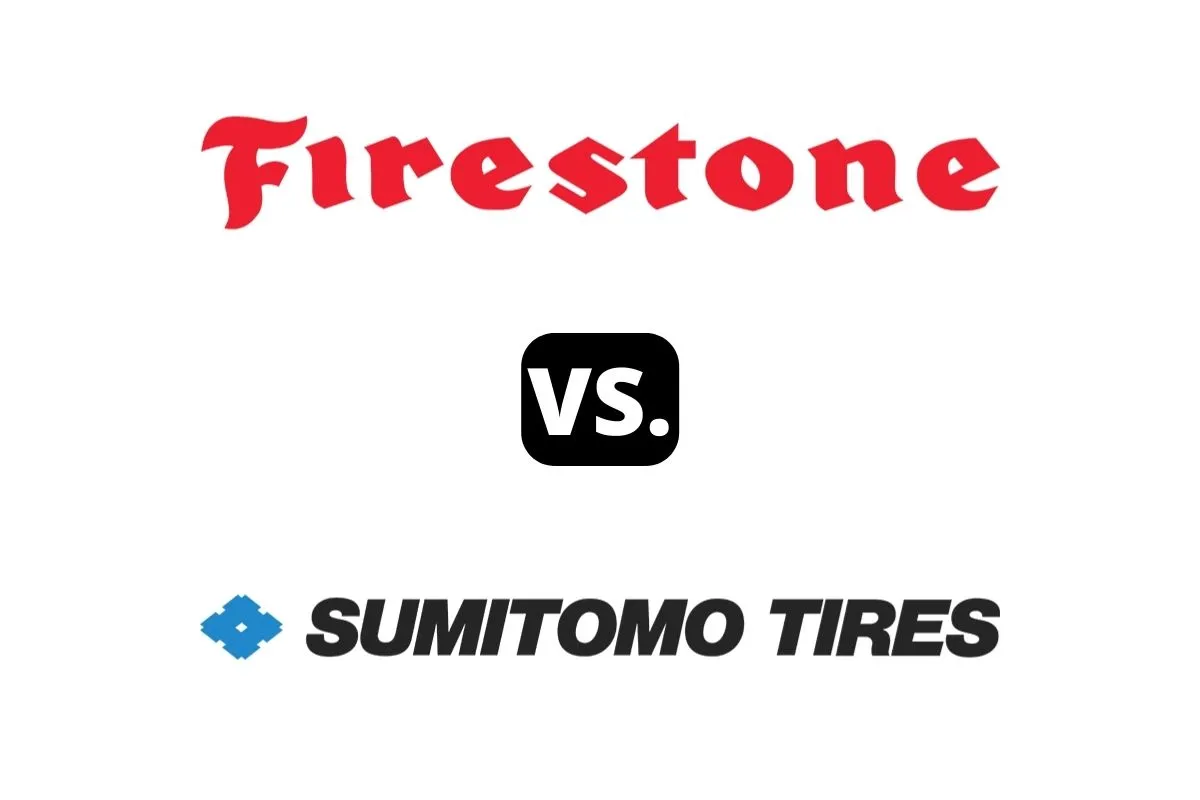
Firestone vs Sumitomo – Comparison Table
| Firestone | Sumitomo | |
| Country of Origin | United States | Japan |
| Year Founded | 1900 | 1909 |
| Made In | United States, Vietnam, Brazil, Canada, and Costa Rica | Japan and the United States |
| Parent | Bridgestone Corporation (Japan) | Sumitomo Rubber Industries, Ltd. (Japan) |
About the Brands

1. Firestone
Firestone is an iconic American tire brand that traces its roots back to 1900 when it was founded in the United States.
The company quickly gained recognition for its high-quality tires, becoming a leading player in the industry.
Throughout its history, Firestone has been committed to innovation and performance.
In 1988, Firestone became a subsidiary of the Bridgestone Corporation, a Japanese multinational company.
This acquisition allowed Firestone to benefit from Bridgestone’s global reach and technological advancements.
Over the years, Firestone has continued to thrive under Bridgestone’s ownership, leveraging its expertise and resources to maintain its position as a trusted tire brand.
Today, Firestone offers a wide range of tires for various vehicles, including passenger cars, trucks, SUVs, and commercial vehicles.
With a rich heritage and a legacy of excellence, Firestone remains a prominent name in the tire industry.
Mostly Known for Manufacturing Tires For:
- Passenger cars
- Trucks
- SUVs (Sport Utility Vehicles)
- Vans
- Light trucks
- Medium trucks
- Buses
2. Sumitomo
Sumitomo, a renowned tire brand, has a rich history that began in 1909 in Japan.
Founded by Sumitomo Rubber Industries, the company has become a global leader in the tire industry.
With over a century of expertise, Sumitomo has established a reputation for producing high-quality and reliable tires for various vehicles.
Over the years, Sumitomo has continuously evolved its tire manufacturing techniques, incorporating cutting-edge technology and innovative designs.
This commitment to innovation has allowed Sumitomo to offer a wide range of tire options suitable for diverse road conditions and vehicle types.
As a Japanese brand, Sumitomo has embraced the country’s ethos of precision engineering and meticulous attention to detail.
This commitment to excellence has earned the brand a loyal customer base worldwide.
Today, Sumitomo tires are known for their durability, performance, and excellent traction, providing drivers with a safe and comfortable driving experience.
With its longstanding history and affiliation with Sumitomo Rubber Industries, the Sumitomo brand remains a trusted choice for drivers seeking superior tires that combine Japanese craftsmanship, innovation, and reliability.
Mostly Known for Manufacturing Tires For:
- Passenger cars
- SUVs (Sport Utility Vehicles)
- Light trucks
- Medium trucks
- High-performance and racing vehicles
- Motorcycles
- Agricultural applications
- Commercial vehicles
Differences
1. Dry Performance
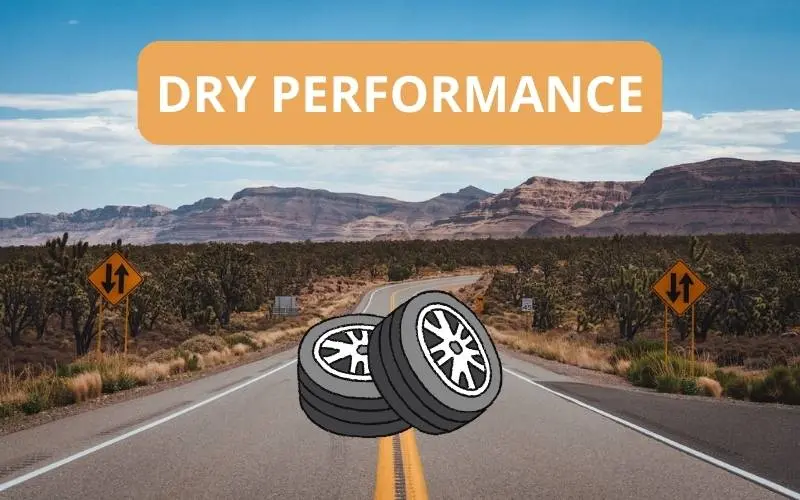
I’m going to compare the performance of two summer tires as they are the ideal type in dry weather.
I’m taking a look at the Firestone Firehawk Indy 500 vs the Sumitomo HTR Z5.
As someone who has extensively researched and evaluated the dry performance of tires, I would rate the Firestone Firehawk Indy 500 with a 4.5 out of 5.
This tire has received highly positive ratings for its impressive handling, quick steering response, excellent grip, stability, and comfortable ride.
The new tread compound and wide shoulder blocks contribute to its strong dry performance capabilities.
Similarly, the Sumitomo HTR Z5 also demonstrates exceptional dry handling, scoring a close 4.4 out of 5.
It focuses on maximum performance in summer conditions and incorporates wide circumferential grooves for enhanced dry traction.
While both tires perform exceptionally well on dry roads, it is difficult to declare a clear winner.
It may be best to consider personal preferences and other factors when making a final decision.
2. Wet Performance
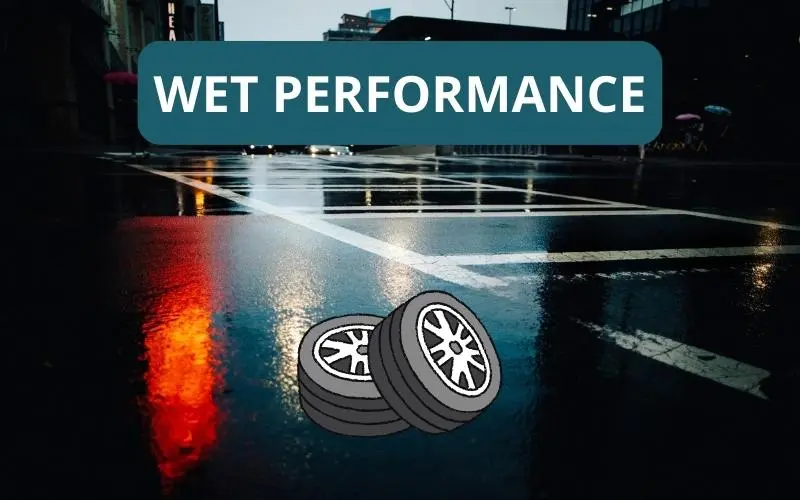
For the wet performance, I’ll be comparing the Firestone WeatherGrip vs the Sumitomo HTR A/S P02.
As someone who has personally assessed the wet performance of both the Firestone WeatherGrip and the Sumitomo HTR A/S P02 tires, I would rate the Sumitomo HTR A/S P02 slightly higher at 4.4 out of 5, while the Firestone WeatherGrip scored 4.3 out of 5.
Both tires exhibit good wet traction with features like silica-enhanced tread compounds and designs that enhance grip and stability on wet surfaces.
Although the Firestone WeatherGrip boasts shorter braking distances and hydroplaning resistance, the Sumitomo HTR A/S P02’s reported good ride comfort and potential for improved wet braking make it a close winner in terms of wet performance.
3. Snow Performance
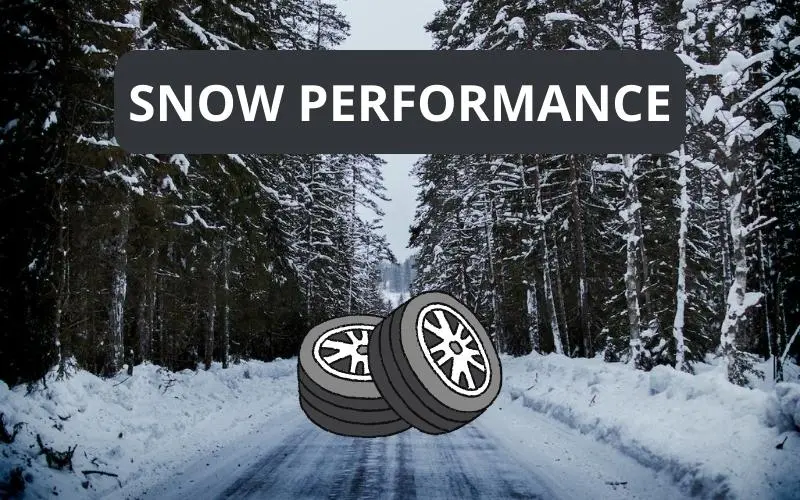
We all know that you need dedicated winter tires if you’re going to be driving on harsh winter conditions.
That’s why I’ll be comparing the snow performance of two specialized winter tires – Firestone Winterforce 2 vs Sumitomo Ice Edge.
In my own evaluation, I would rate the snow performance of both the Firestone Winterforce 2 and the Sumitomo Ice Edge tires as 4.5 out of 5.
These ratings indicate that both tires offer reliable snow performance with features such as cold weather compounds, enhanced grip, and traction on snowy surfaces.
The Firestone Winterforce 2 emphasizes open shoulder slots and sipes, while the Sumitomo Ice Edge offers advanced technology and the option for studs.
Given their similar ratings, it is difficult to declare a clear winner, making it a tie between these two tires for snow performance.
4. Mileage Warranty and Tread Life
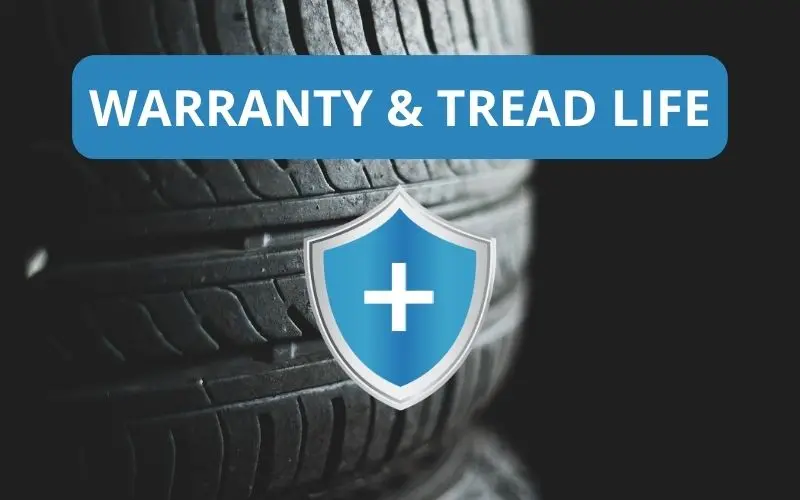
| Firestone | Sumitomo | |
| Treadwear Warranty | up to 55,000 miles tread life warranty | up to 90,000 miles tread life warranty |
| Average Tread Life | Firestone tires are expected to last anywhere between 40,000 to 60,000 miles on average. | Overall, Sumitomo tires are known to have a relatively high lifespan, with most models lasting between 55,000 to 70,000 miles. |
Based on my research, the mileage warranty and average lifespan of Firestone and Sumitomo tires differ.
Firestone offers a treadwear warranty of up to 55,000 miles, while Sumitomo provides a warranty of up to 90,000 miles.
On average, Firestone tires last between 40,000 to 60,000 miles, while Sumitomo tires have a relatively high lifespan, typically lasting between 55,000 to 70,000 miles.
Therefore, Sumitomo tires tend to offer a longer lifespan compared to Firestone tires.
5. Prices
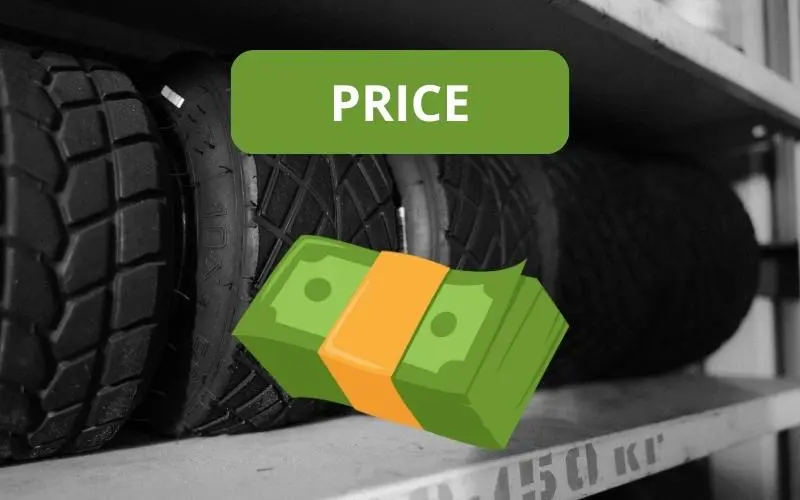
In this section, I’ll be taking a look at the price ranges of both tire brands – Firestone vs Sumitomo.
I’ll be using one of the biggest tire and wheel retailers in the US for this comparison – Discount Tire.
Here is a comprehensive table that showcases each brand has to offer:
| Firestone | Sumitomo | |
| Average Price Range (Discount Tire) | $82 to $603 /ea | $84 to $475 /ea |
| Cheapest Tire (Discount Tire) | FT140 goes from $82 – $170 /ea | HTR Enhance LX2 goes from $84 – $162 /ea |
| Most Expensive Tire (Discount Tire) | Destination M/T 2 goes from $229 – $603 /ea | Encounter AT goes from $146 – $475 /ea |
6. Pros and Cons
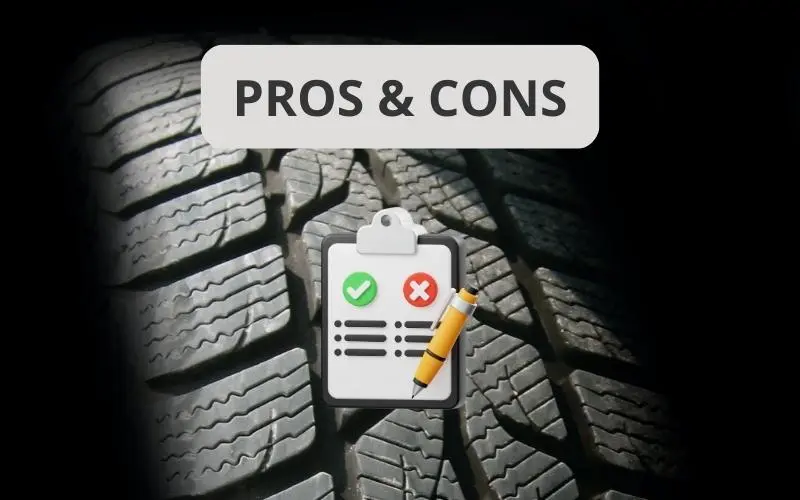
Firestone
| Pros | Cons |
| ✔ Firestone tires have good performance | ❌ Their shop is very expensive and they might try and sell you unnecessary services/things |
| ✔ Wide availability | |
| ✔ Good option for those who live in areas with harsh winter conditions |
Sumitomo
| Pros | Cons |
| ✔ Generally considered to have good performance, including grip, handling, and braking | ❌ None |
| ✔ Sumitomo tires are known for their affordable prices | |
| ✔ Widely available |
7. Popular Tires

Here are some notable tires from Firestone:
- Destination LE3
- Firehawk Indy 500
- WeatherGrip
Some of Sumitomo’s best tires are shown below:
- HTR A/S P02
- HTR Enhance L/X
- HTR Z5
Which Is the Better Brand Overall?

Based on an extensive evaluation of key factors including dry performance, wet performance, snow performance, mileage warranty, average lifespan, and price, it is difficult to declare a clear winner between Firestone and Sumitomo.
Both brands offer exceptional performance in various conditions, with minor differences in specific categories.
It is crucial to consider personal preferences, driving requirements, and budget when making the final decision.
Ultimately, both Firestone and Sumitomo are reliable tire brands that can meet your needs effectively.